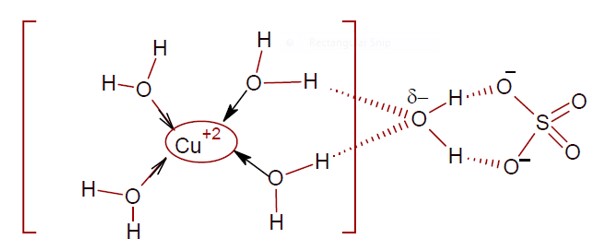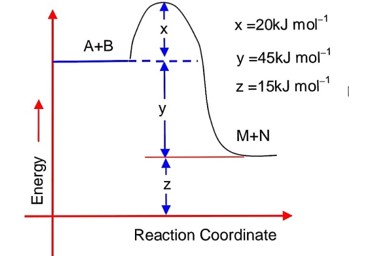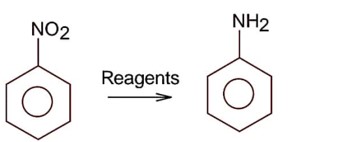Chemistry NCERT Exemplar Solutions Class 12th Chapter Thirteen
Get insights from 127 questions on Chemistry NCERT Exemplar Solutions Class 12th Chapter Thirteen, answered by students, alumni, and experts. You may also ask and answer any question you like about Chemistry NCERT Exemplar Solutions Class 12th Chapter Thirteen
Follow Ask QuestionQuestions
Discussions
Active Users
Followers
New answer posted
3 months agoContributor-Level 9
Ge (Z = 32)
Total orbitals = 7
Ans. = 7
New answer posted
3 months agoContributor-Level 9
HgS, PbS, CuS, Sb2S3, As2S3, & CdS are given sulphides
CdS, PbS, As2S3 & CuS are soluble in 50% HNO3 but Sb2S3 & HgS are not soluble.
Ans. = 4
New answer posted
3 months agoContributor-Level 9

Change in oxidation number = 2
=-2 * 4.315 * 96487 Jmol-1
25.1 JK-1
Ans. = 25
New answer posted
3 months agoContributor-Level 9
Molarity (M) =
=
Molecular mass of oxalic acid
= 1 * 2 + 12 * 2 + 16 * 4 + 2 * 18
= 26 + 64 + 36 = 126
M = 2 * 10-1 M
= 20 * 10-2M
Ans. = 20
New answer posted
3 months agoTaking an Exam? Selecting a College?
Get authentic answers from experts, students and alumni that you won't find anywhere else
Sign Up on ShikshaOn Shiksha, get access to
- 65k Colleges
- 1.2k Exams
- 679k Reviews
- 1800k Answers



